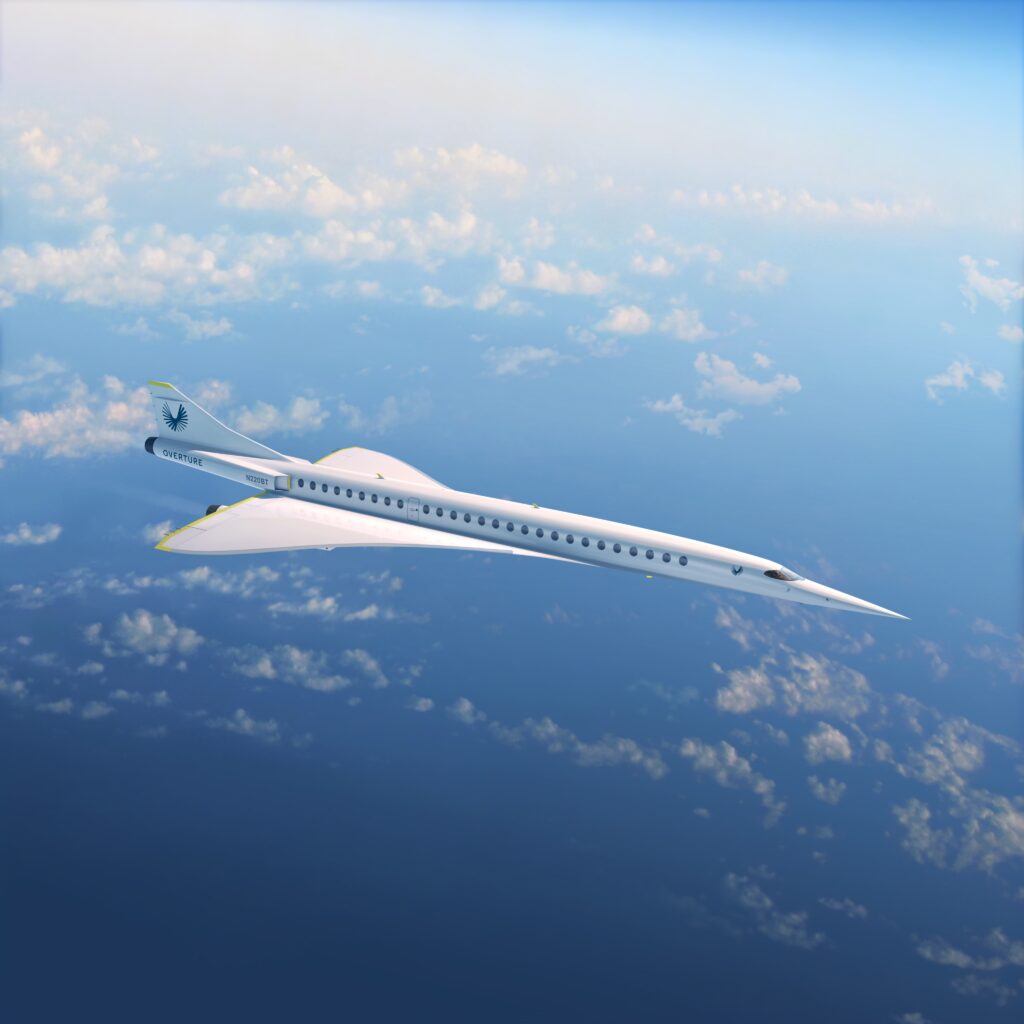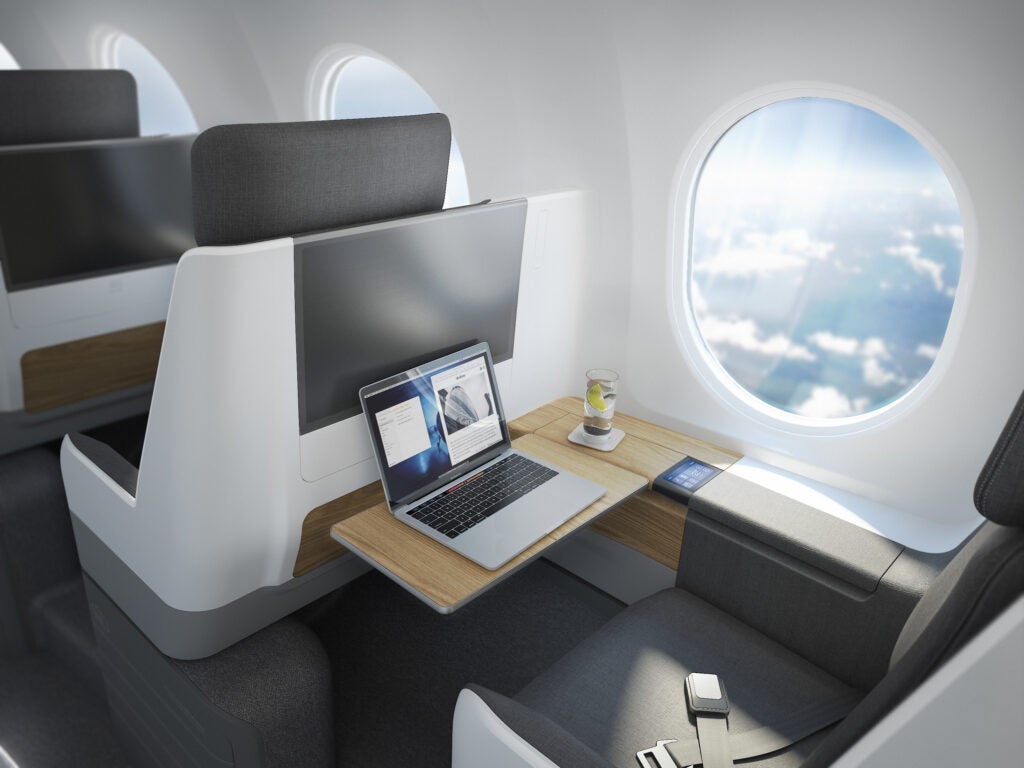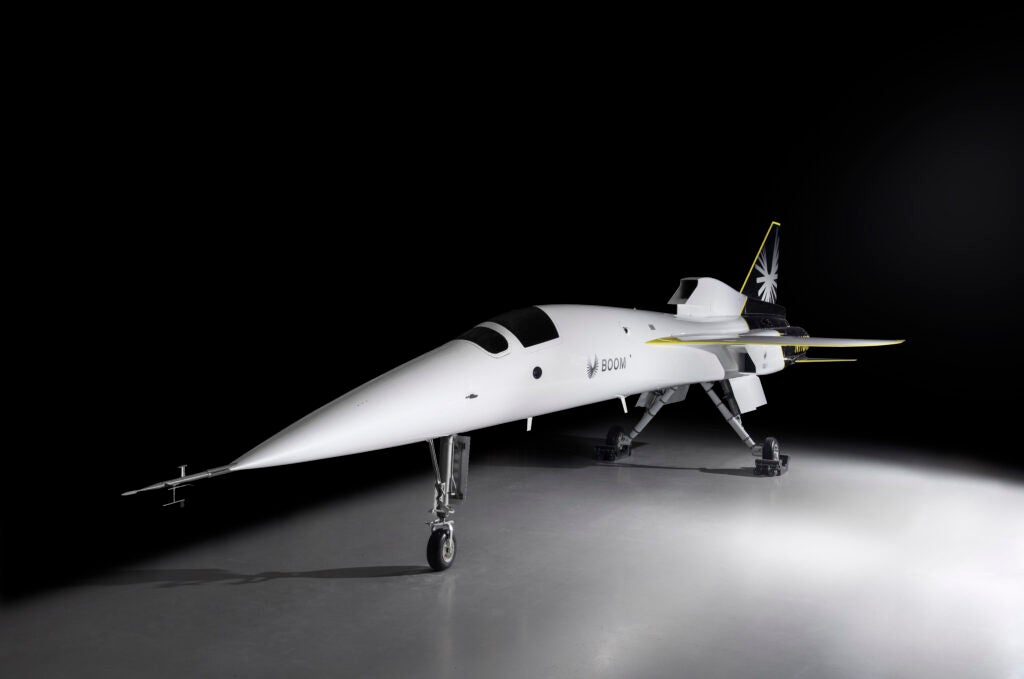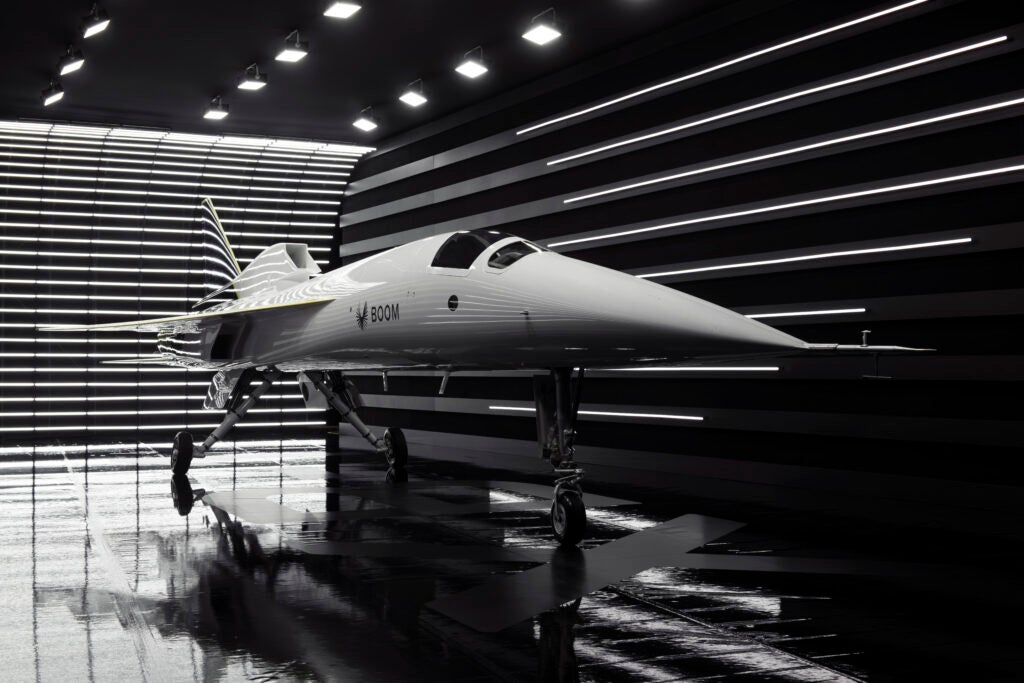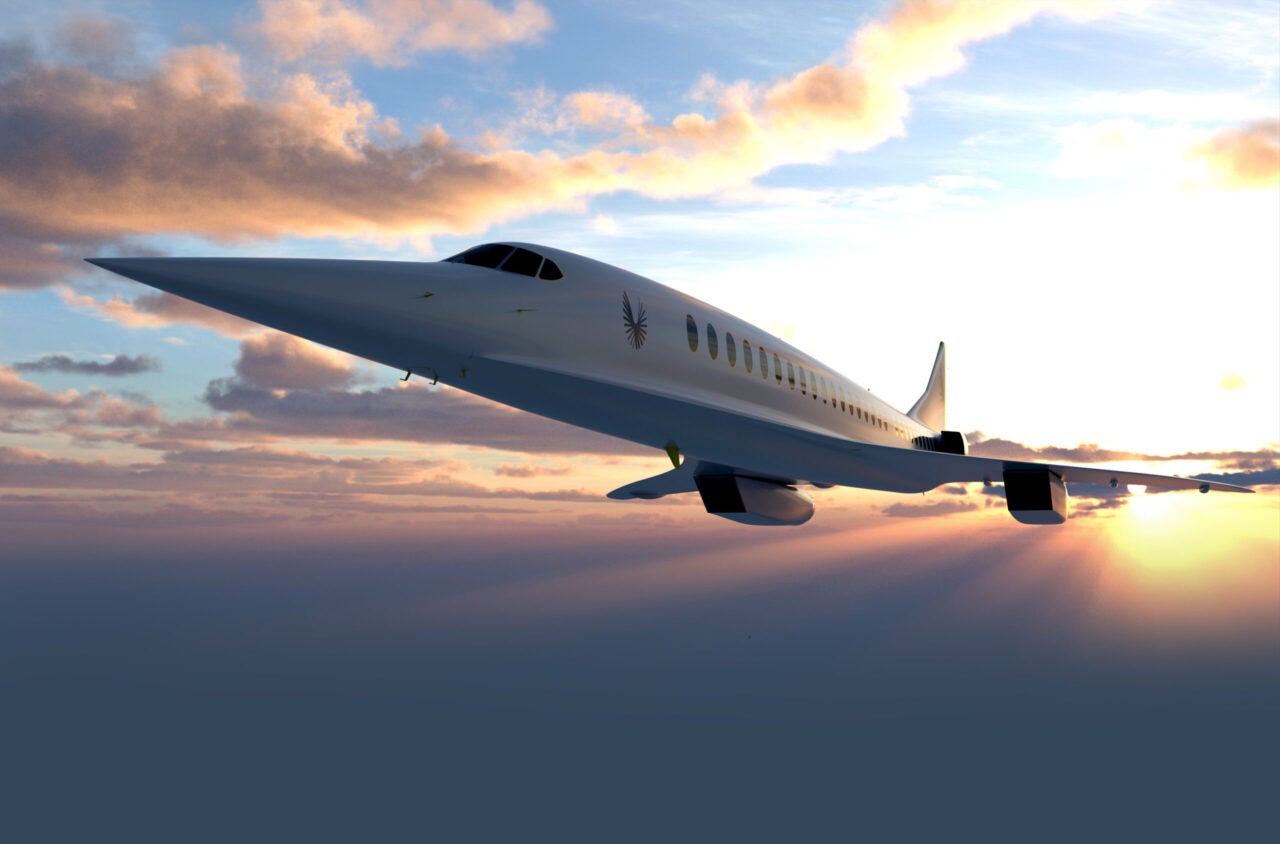
Hopping on a plane to travel to a distant location is an activity that many of us enjoy and look forward to; however, 13-hour flights can be a trying experience which leave many passengers falling asleep to pass time or making forced small talk with those around them.
These lengthy flights may soon be a thing of the past, due to the introduction of a new supersonic airliner currently in development by American aerospace company, Boom.
Founded in 2014, Boom participated in a Y Combinator start-up incubation programme in 2016 which saw the company receiving funding from the Y Combinator, Sam Altman, Seraph Group and others.
The following year $33m was invested by several venture funds, seeing the company secure over $40m by April that year. Come December Japan Airlines invested $10m raising the company capital to $51m – enough to allow them to construct their first demonstrator aircraft.
The new airliner aims to make the world dramatically more accessible, offering flights which are twice as fast to allow passengers to experience more people, places, and cultures more quickly.
With flights from Madrid to Boston taking 3.3 hours compared to 7.3, Singapore to Dubai in 4 hours instead of 7, and Los Angeles to Sydney in 8.3 hours instead of 14.4 – could this be the future of passenger travel?
Overture: Ready for take off?
The latest passenger airliner in the era of supersonic flight – Overture – is currently being designed with efficient, sustainable technology which, according to the company, will make it the most sustainable supersonic airliner currently in development.
The aircraft will offer a passenger capacity of 65 to 88 people, have a cruising altitude of 60,000ft, boast net-zero carbon credentials and record speeds of Mach 1.7 (1,800km/h). The design of the aircraft will also allow passengers to experience the darkness of space and the curvature of the earth below when cruising at 60,000 ft.

Credit: Boom Supersonic. 
Credit: Boom Supersonic.
With over 500 viable routes for this aircraft the company have suggested that there could be a market for the 1,000 supersonic airliners offering business class fares to passengers. The aircraft has been designed to be powered by three dry 15,000-20,000 lbf turbofans and is hoped to be designed and tested by 2026.
With the aircraft currently in development the company have been carrying out research surrounding sustainable aviation fuels (SAF) to address the airplane’s greenhouse gas footprints.
Although construction of the aircraft is not scheduled to commence for a few more years the company have already planned how to design a LEED-certified (leadership in energy and environmental design) production facility, with the manufacturing centre being powered by clean electricity.
Alongside the clean production of energy and alternative fuel use, Boom have also been thinking ahead to the lifecycle of the aircraft itself. The company are currently investigating how to deconstruct the aircraft once its lifecycle is up, in order to minimise the amount of waste generated at the end of the aircraft’s life.
Speaking on the future of supersonic travel in a press release Blake Scholl, founder and CEO of Boom said: “We believe in a world where more people can go to more places more often. Sustainable supersonic travel unlocks new possibilities for business relationships, prospects for vacation, and opportunities for human connection.”
XB-1: Supersonic rollout
On 7 October, 2020, Boom showcased their first supersonic aircraft demonstrator, XB-1 which is hoped the be flight tested this year.
Roughly 1/3 of the scale of the Overture, the XB-1 boasts impressive design features created to improve and maximise the pilot’s line of vision. With the cockpit built around the location of the pilot’s eyes and the line of vision this allows the pilot to have full visibility for landing and layout of their surroundings.

Credit: Boom Supersonic. 
Credit: Boom Supersonic.
The inclusion of a forward vision system within the aircraft allows the pilot to land without visibility of the runway, due to a centre screen instrument panel displaying real-time footage from the cameras which have been attached at the nose of the aircraft as well as the landing gear.
Alongside impressive new technology the XB-1’s design also uses different materials to standard aircraft. The build of carbon composites, aluminium and titanium have been specifically balanced to control strength, stability, and weight.
The XB-1 is powered by three j85 general electric engines which produce a maximum thrust of 12,300 lbf, alongside this, alternative fuel testing carried out by the company confirmed that the XB-1 is able to operate at full performance when powered by alternative, environmentally friendly fuels.


